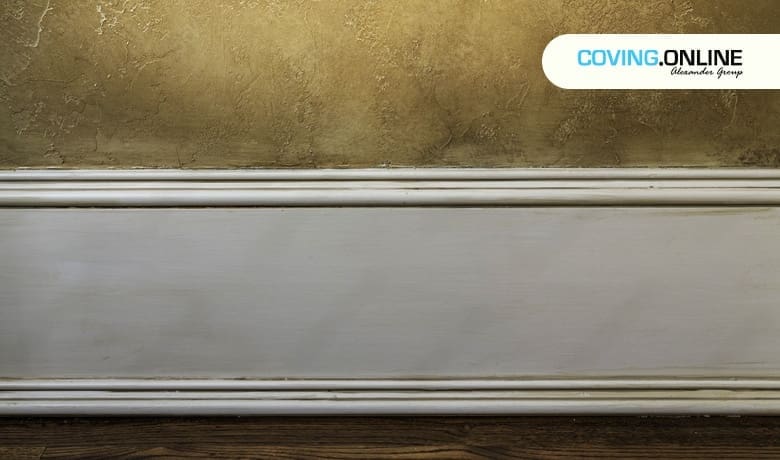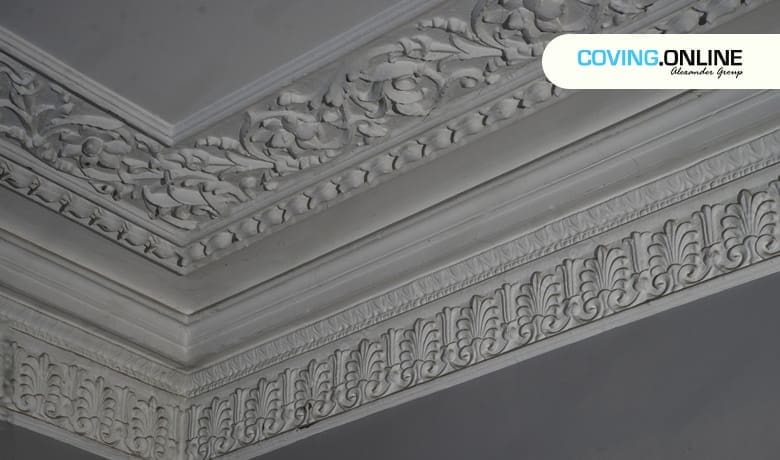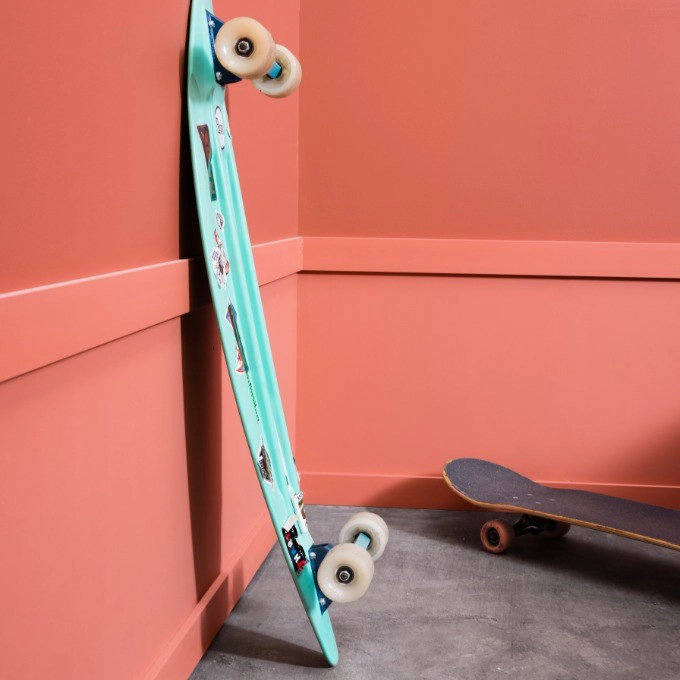blog
Is Coving Old Fashioned Now?
Coving, also known as Cornice or Moulding, has been a popular decorative feature for centuries, gracing homes, castles, and palaces around the world. However, with the recent surge in minimalist and contemporary design trends, some are questioning whether coving has become outdated and old-fashioned.
Some people believe that coving is old-fashioned.
The principal argument is that it adds too much detail and ornamentation to a room, making it look cluttered and busy. They argue that modern design should be simple, with a focus on open spaces, natural light, and neutral colour schemes.
However, Despite This Perception, it Has Not Lost Its Popularity. Many homeowners, interior designers, and builders still consider it a stylish and timeless feature that can add character and elegance to a room.
One such way is to opt for more streamlined and simple designs. Rather than going for the elaborate and ornate styles of the past, contemporary coving can have clean lines, simple shapes, and neutral colours, which blend seamlessly into the overall design scheme. This approach can create a sense of harmony and balance.
In conclusion, Coving Is Not Old-Fashioned, Rather a Versatile Decorative Feature That Can Be Used to Create a Range of Original Design Styles. Whether you prefer the contemporary or traditional design, there is a coving style to suit your taste, and with a little creativity and imagination, it can be a stunning addition to any home.

“The Debate on Whether to Add Coving or No : Pros and Cons”
It, also known as cornice, is a decorative moulding that is used to add a finishing touch to the ceiling and wall junction in a room. It serves as a transition between the two surfaces, such as creating a smooth and seamless appearance. We typically make the coving from materials such as plaster, wood, or PVC and can come in a variety of designs, sizes, and styles to match the existing decor of a room.
Many homeowners opt for coving in their homes as it adds character, style, and elegance to a room. A practical and aesthetic solution, it, also known as cornice, uses a decorative moulding to hide any imperfections in the ceiling and wall junction.
Alternatively, some homeowners choose to not have coving in their homes as it may not fit in with their preferred style or decor. They think minimalist or contemporary homes often have a clean, modern look that is not compatible with traditional or ornate coving. In such cases, they need Coving Online, a skilled tradesperson that can help to choose the right option and can measure and install properly.
In conclusion, whether to install coving is a personal decision that depends on the homeowner’s style preference, budget, and the look they are trying to achieve in their home. While it Can Add A Touch Of Elegance And Style To A Room.
“Impact Of Coving On Room Size Perception,” Does Coving Make A Room Look Smaller?
Coving is an interior design feature that involves the installation of moulding along the junction of the ceiling and walls. We use materials such as wood, plaster, or PVC to make coving, and it adds architectural detail to a room. Questioning whether it makes a room look smaller is common among homeowners and designers alike. Coving, also known as a cornice or crown moulding, is a decorative feature which people are using for centuries to add character and elegance to a room. Many people believe that it makes a room look smaller, but this is a common misconception. It Can Make a Room Look Larger and More Spacious.
In conclusion, coving does not make a room look smaller. It can create a visual illusion of height, create a seamless transition between the walls and ceiling, hide imperfections, and add interest and detail to a room. By choosing the right style and colour, It can help to make a room feel larger and more spacious.
Bring a Fresh Look to Your Home with Modern Ideas:
Coving is a decorative element that can add elegance and style to any room in your home. One installs a strip of material, usually made of plaster or polyurethane, along the junction of the ceiling and wall. The traditional designs were plain, but with advancements in technology and design
- LED Coving.
- Gyprock Coving.
- Polyurethane Coving.
- Moulded Coving.
- Contemporary Coving.
Modern coving ideas offer a range of options to add style and elegance to any room in your home. From LED coving to contemporary coving, there is a design that fits your style and budget. So why not consider adding it to your home to give it a modern look?

“Add Architectural Interest to Your Hallway ”
It is an ornamental architectural feature that creates a decorative transition between walls and ceilings. We typically make it of plaster, wood, or plastic and can come in a variety of shapes and designs. Coving in hallways can be a great way to add visual interest and soften the look of the space. Aside from adding an aesthetic touch, it can also help to reduce sound reverberation in a hallway, making it a brilliant choice for busy homes.
To ensure a successful installation, it’s important to measure the hallway and choose the right type of coving for the space.For example, people use coving with beveled edges in hallways to reduce the sharpness of the corners. Moreover, it is important to choose that is appropriate for the material of the walls and ceiling. Once you have selected the right type of coving and the appropriate adhesive, you can then call Coving Online and begin the installation process.
“Add Elegance to Your Kitchen with Moulding”
Decorative moulding, is an ideal way to add a touch of elegance and character to any kitchen. Coving in Kitchen is generally installed along the top of the kitchen walls, where it creates a smooth transition between the wall and ceiling. We can also use it around windows and doorways to create a frame for the door or window and to soften the edges of the wall. It is available in a variety of styles and materials, such as wood, plaster and plastic, making it easy to find a design that suits your kitchen.
To get these Contact Coving Online through Our Website or Just Dial;


